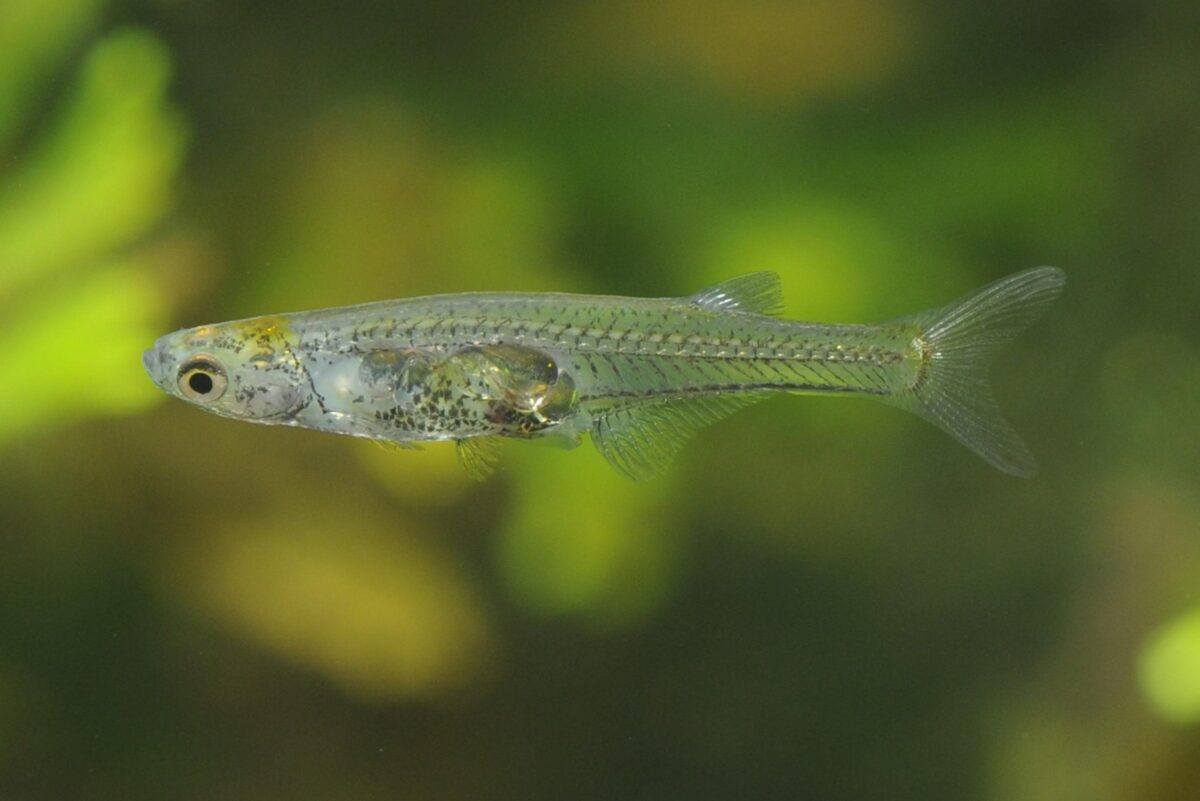A small, see-through fish has been found to produce a noise comparable to that of a jackhammer.
It was discovered that the swim bladder of the Danionella cerebrum, a type of fish, produces a strong rhythmic sound.
The fish near the waters emits a sound of 140 decibels, equivalent to the volume of a gunshot.
According to researchers, the species, which measures just 12mm in length, is considered to be the most vociferous fish in proportion to its size that has been discovered thus far.
It is thought that this drumming could potentially be a means of social interaction.
Researchers at Charite University in Berlin, Germany, were studying the fish but heard mysterious clicking noises emanating from the fish tanks in their laboratory as they walked past and decided to investigate.
The source of the noise was the fish themselves, which was surprising considering their small size and loudness.
The team of researchers utilized a variety of microphones and video cameras to determine the level of loudness.
In many of the natural world’s domains, the volume of sound typically increases with the size of the animal.
Beneath the surface of the water, a new perspective emerges – the tiny creatures are among the loudest ever recorded.
It has been documented that certain animals, such as the appropriately named pistol shrimp, possess the ability to produce extremely loud sounds while preying on other species, reaching levels of approximately 200 decibels.
The transparency of danionella is highly valued in the scientific community as it provides a unique opportunity to observe its brain activity and closely examine its behavior.
According to the researchers, the drumming mechanism utilized by the fish is an extremely advanced tool.
Every bony fish possesses a swim bladder, an organ filled with gas that aids in their ability to stay submerged in water.
Numerous species can utilize their muscles to create drumming sounds on the bladder, however, danionella takes this process to a more advanced level.
As the muscles contract, they exert pressure on a rib, causing tension with a cartilage that is located within the muscle.
Upon being released, the cartilage makes contact with the swim bladder.
The findings have been reported in the journal Proceedings of the National Academy of Sciences.
